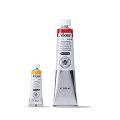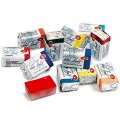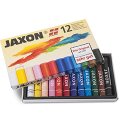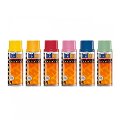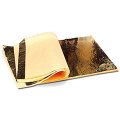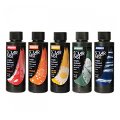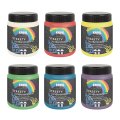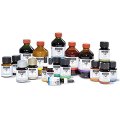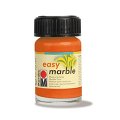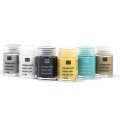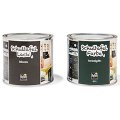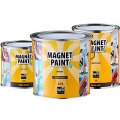Gouache Paints
Information about gouache colors
Gouache (from Italian guazzo = pool) is a painting technique with semi-opaque and opaque watercolours made from coarsely ground pigments (with the addition of chalk) and the binding agent gum arabic. It can be used for both opaque and glazed painting techniques and thus combines the advantages of watercolour (glazes) and oil paint (pastos). In addition, white picture parts can be designed opaque and do not have to be left out as in watercolour painting.
When dried, the colours lighten up compared to their wet colour. Gouache remains water-soluble even after drying, so parts of a finished picture can be removed or changed again. The colour dries up like velvet matt/pastel. If pasty paint is applied, the paint is slightly brittle and is only suitable for rigid or less flexible substrates (tightly stretched canvas, wooden panels,...). Gouache is suitable for all common image carriers with thin ink application.
The first use of gouache-like colours is documented for book illumination in the early Middle Ages. It was not until the 15th century that important artists discovered the gouache technique for themselves. Raphael, Titian and Dürer used gouache for studies and drafts, others underlined their oil paintings with gouache. It was not until the 20th century that painting techniques gained greater importance in the various genres (Fauvinism, Expressionism, Abstract Art...) with artists such as Matisse, Marc Chagall, Paul Wunderlich and Otto Müller.

